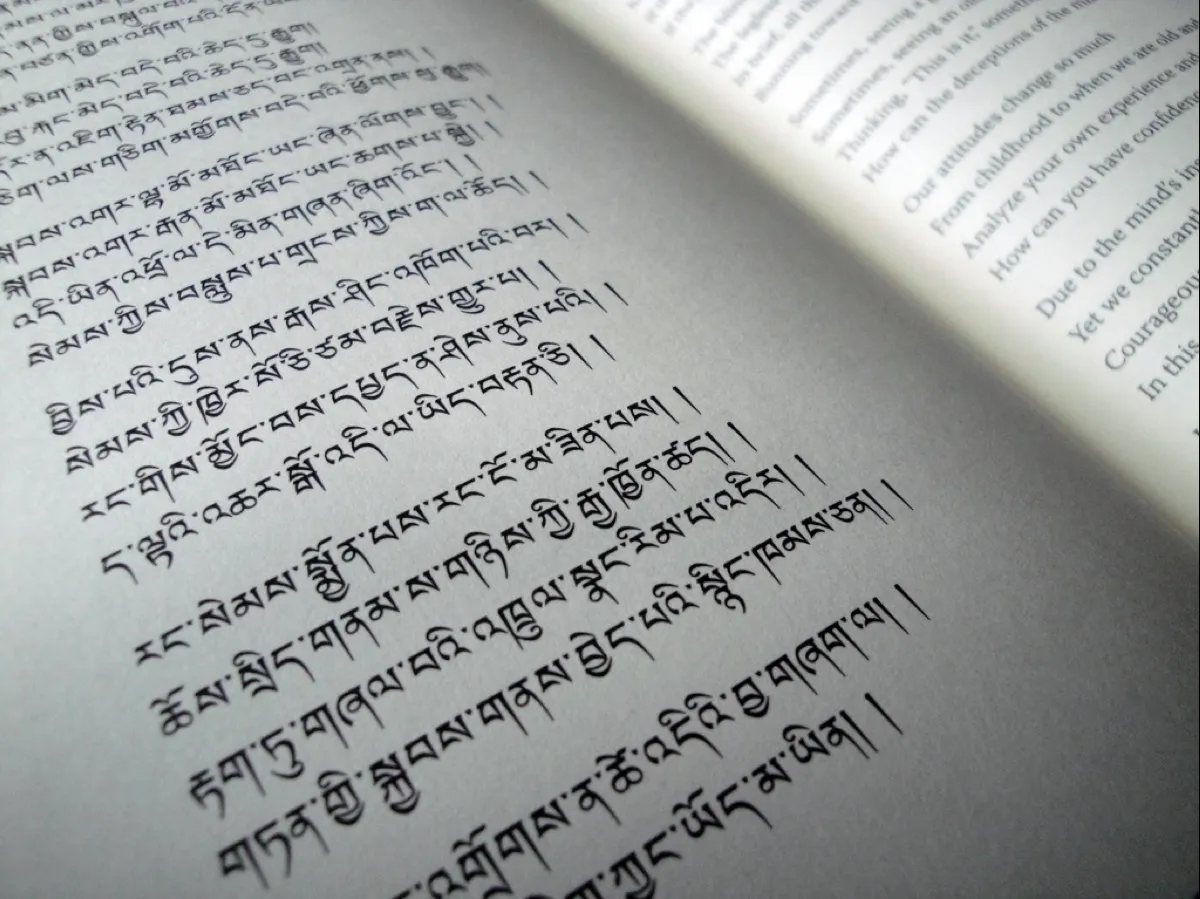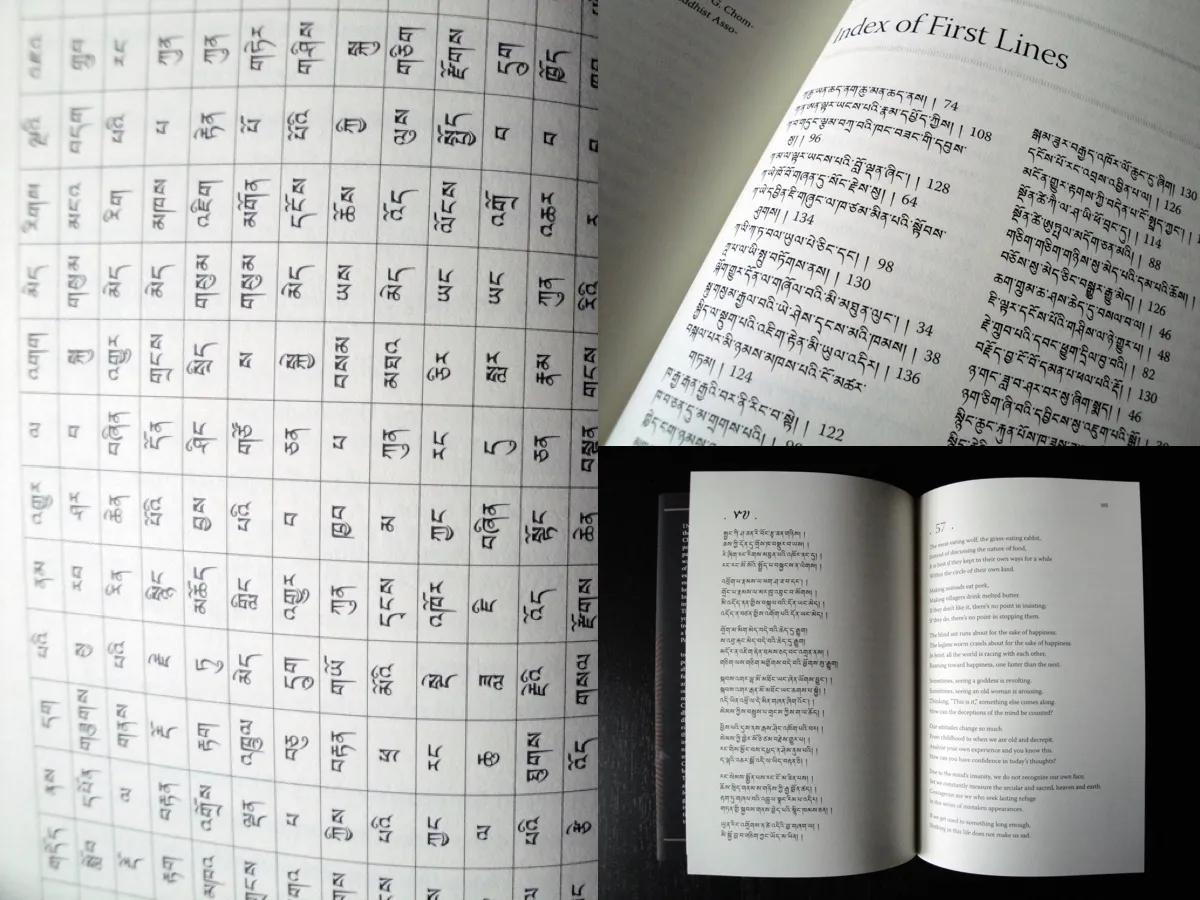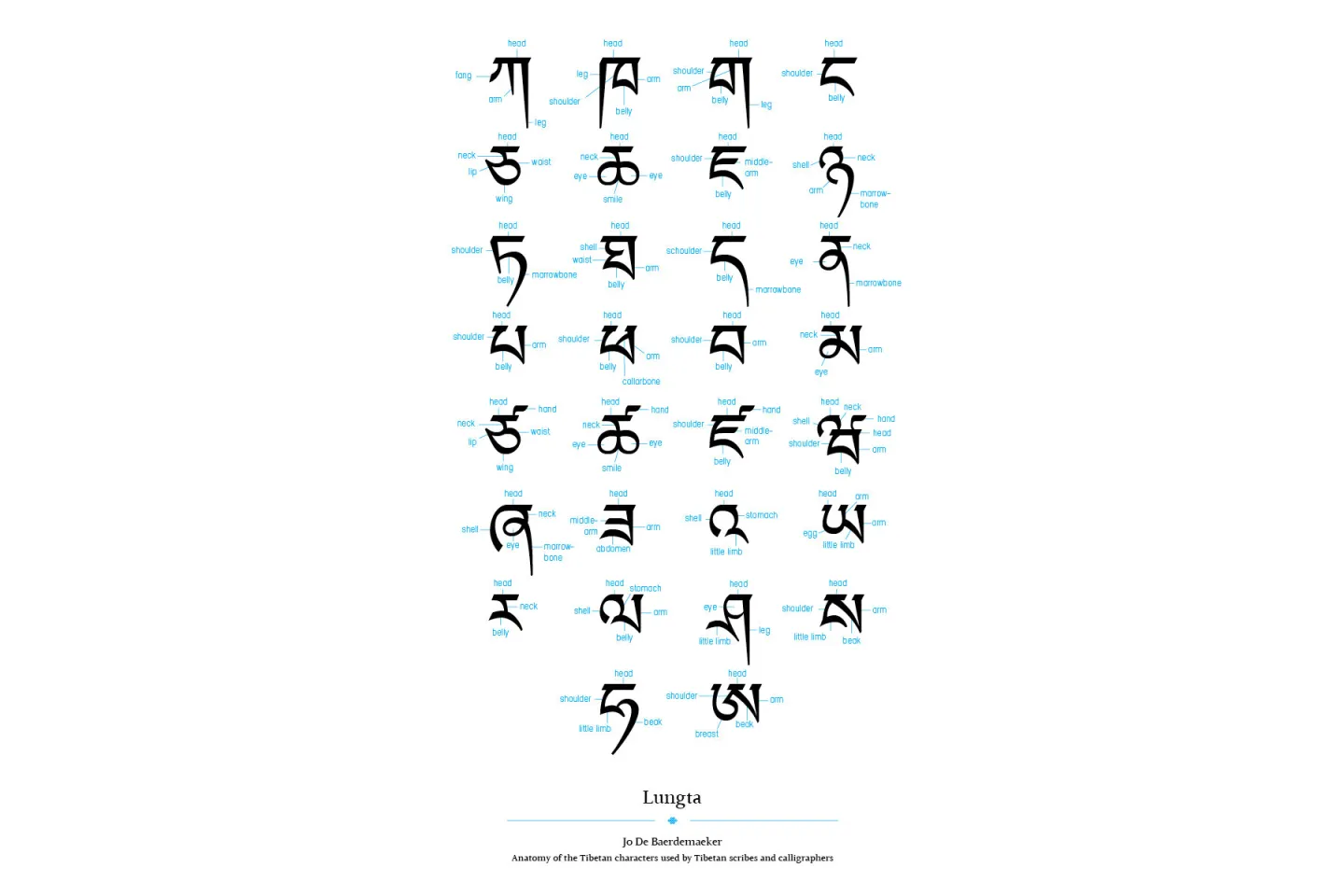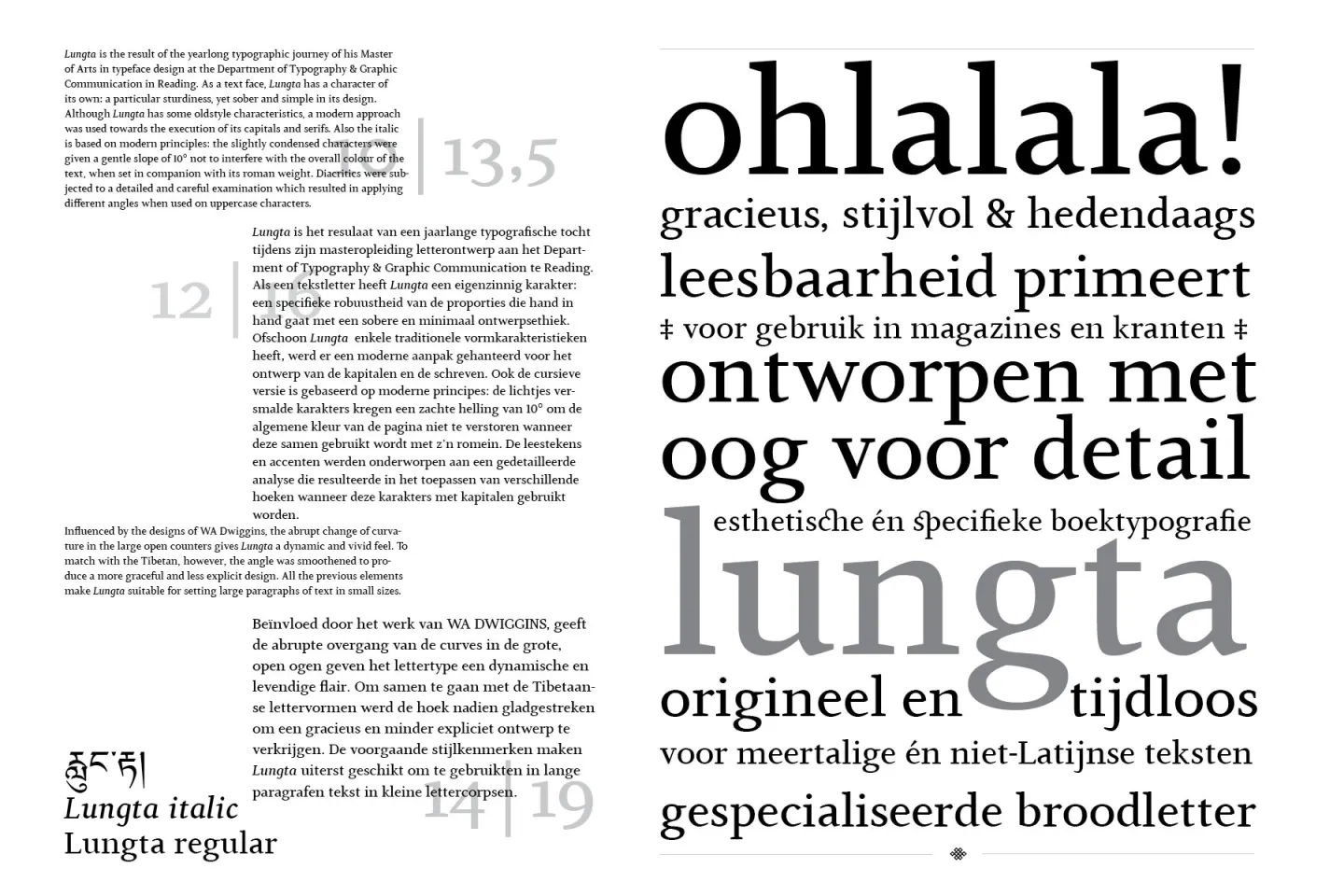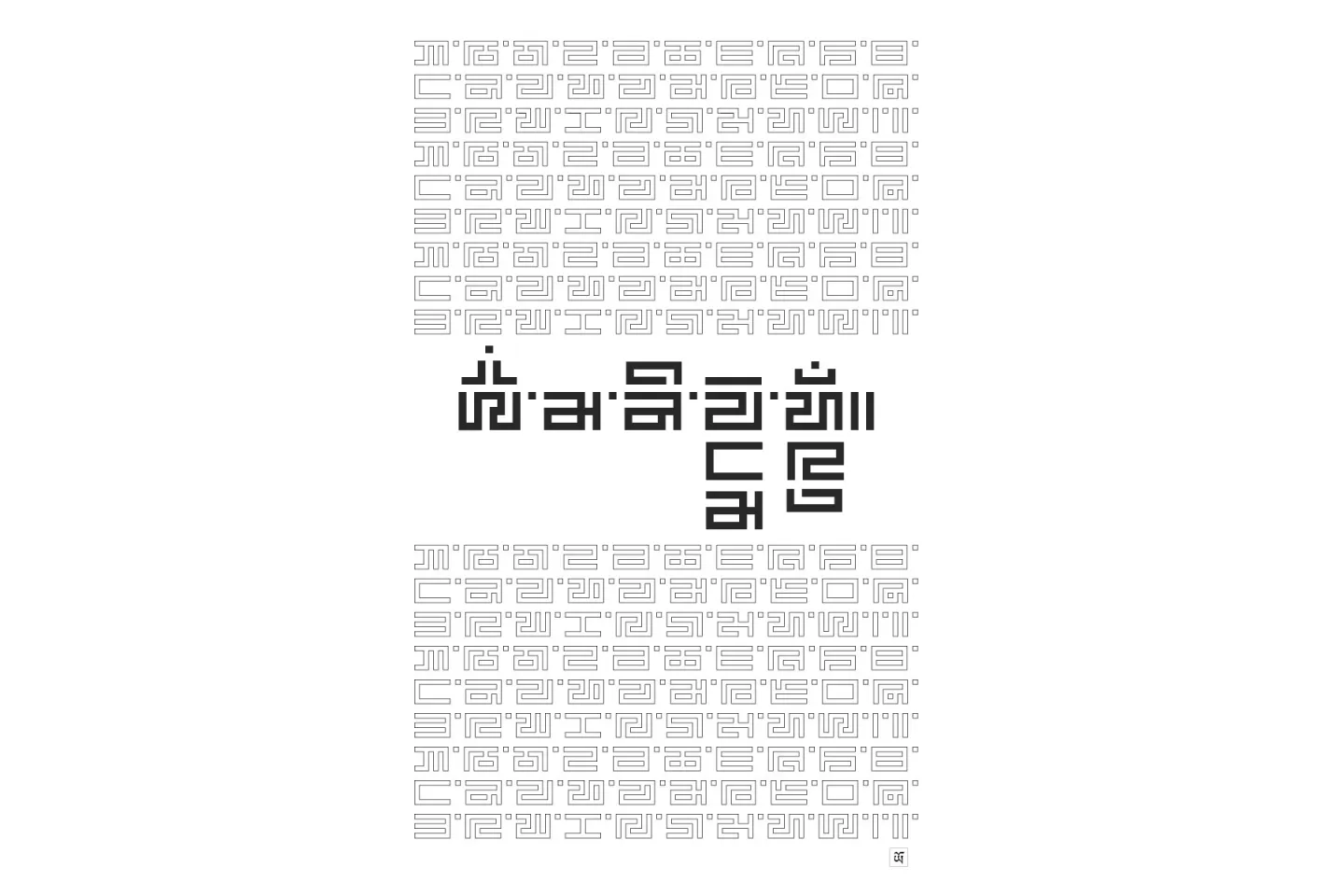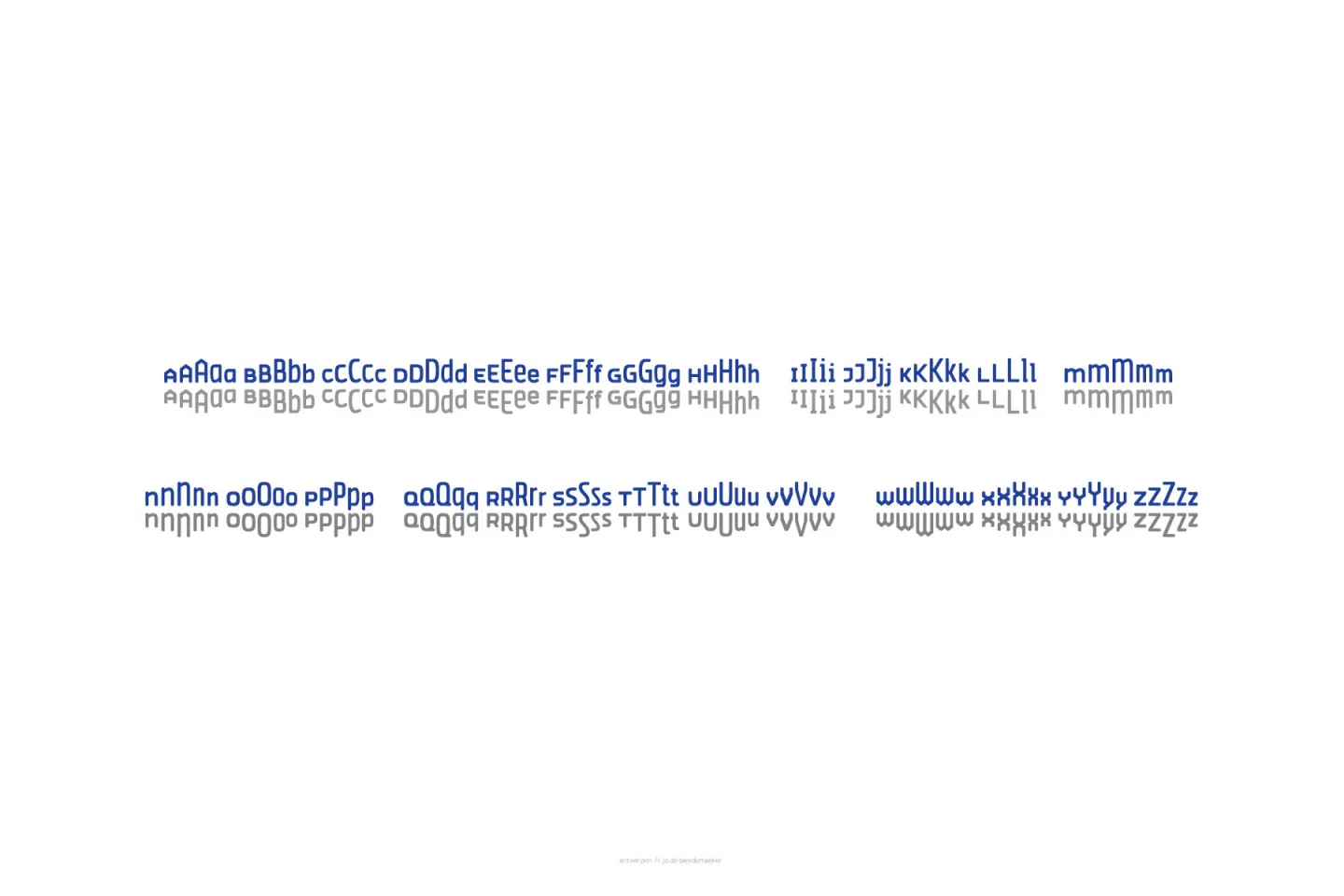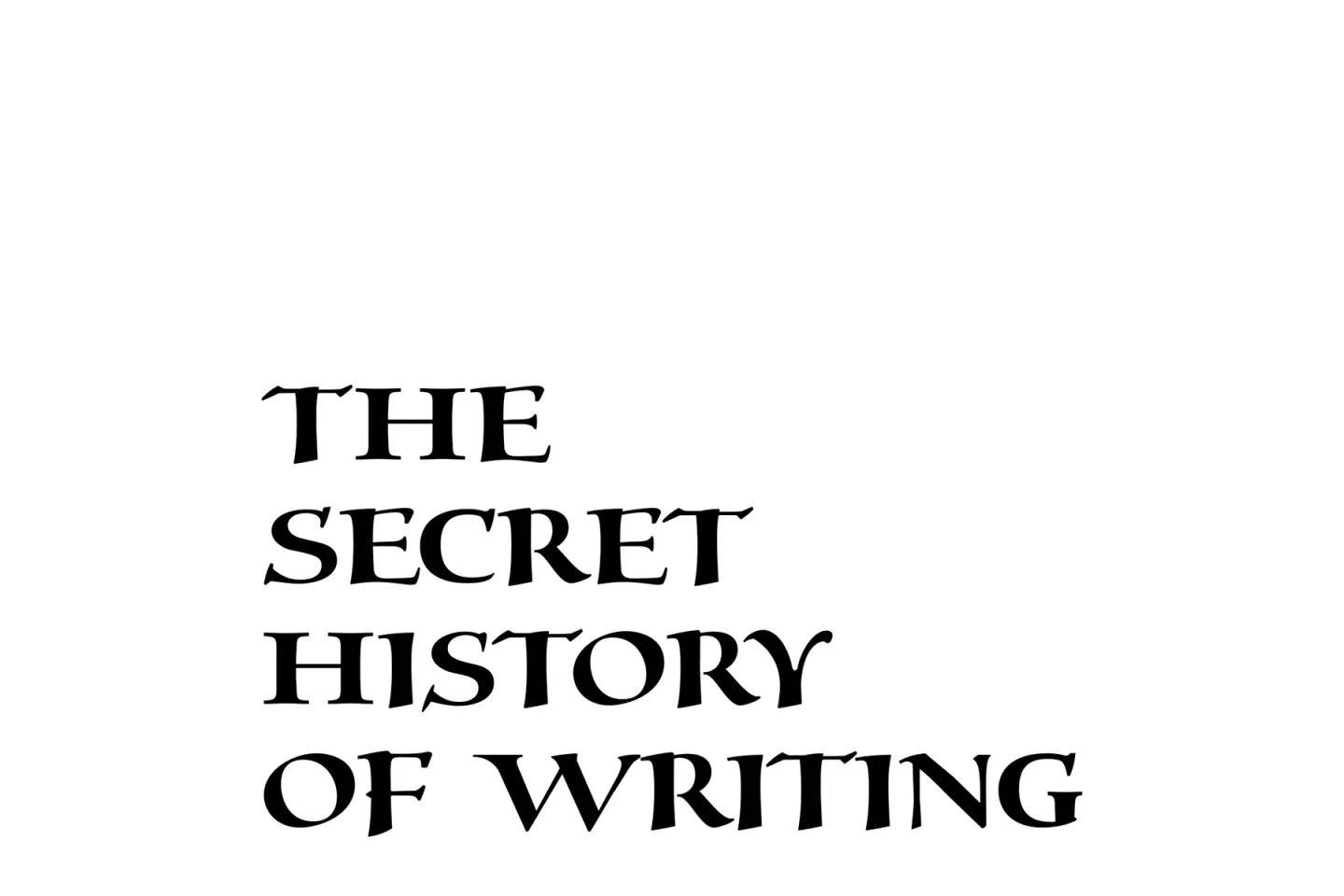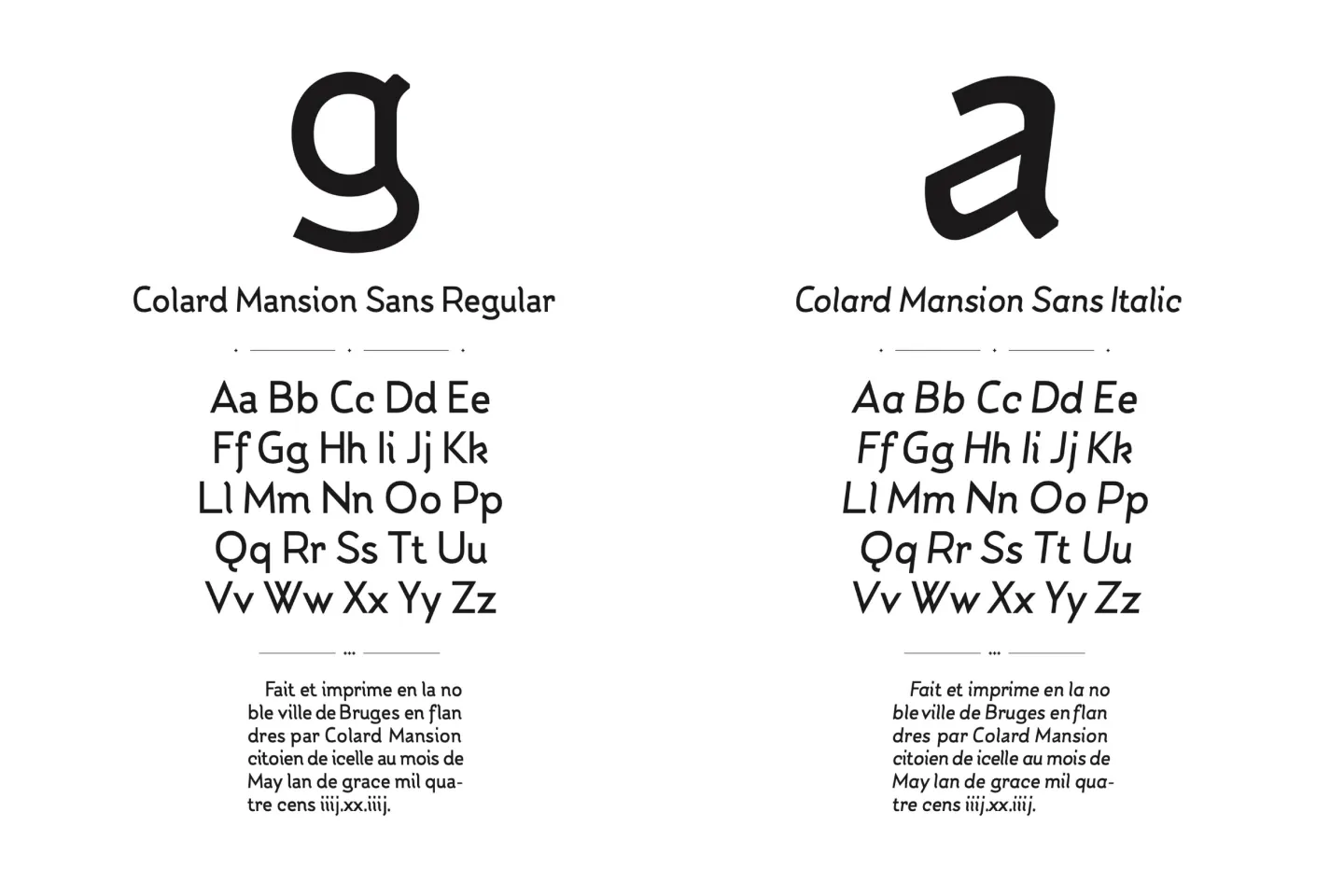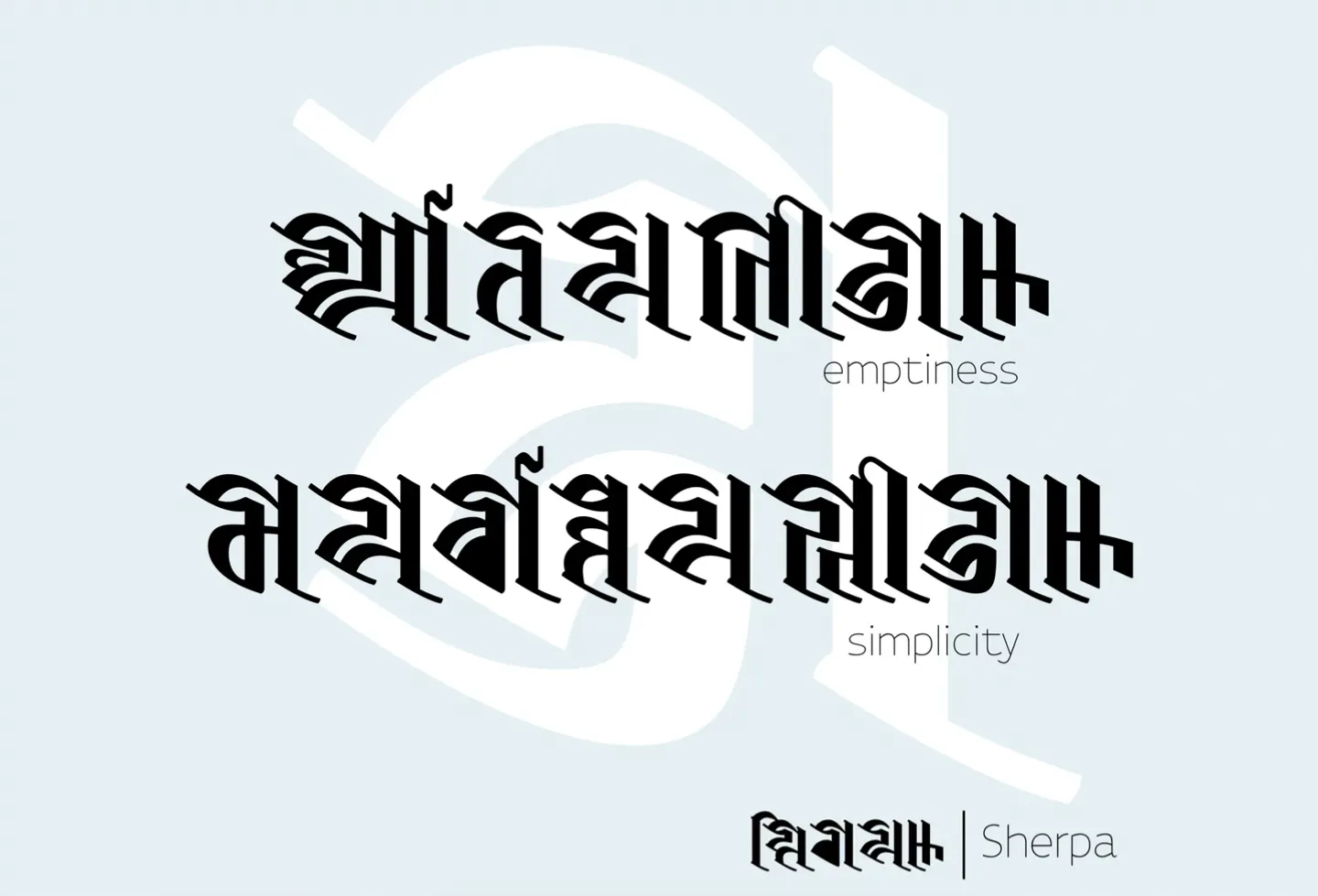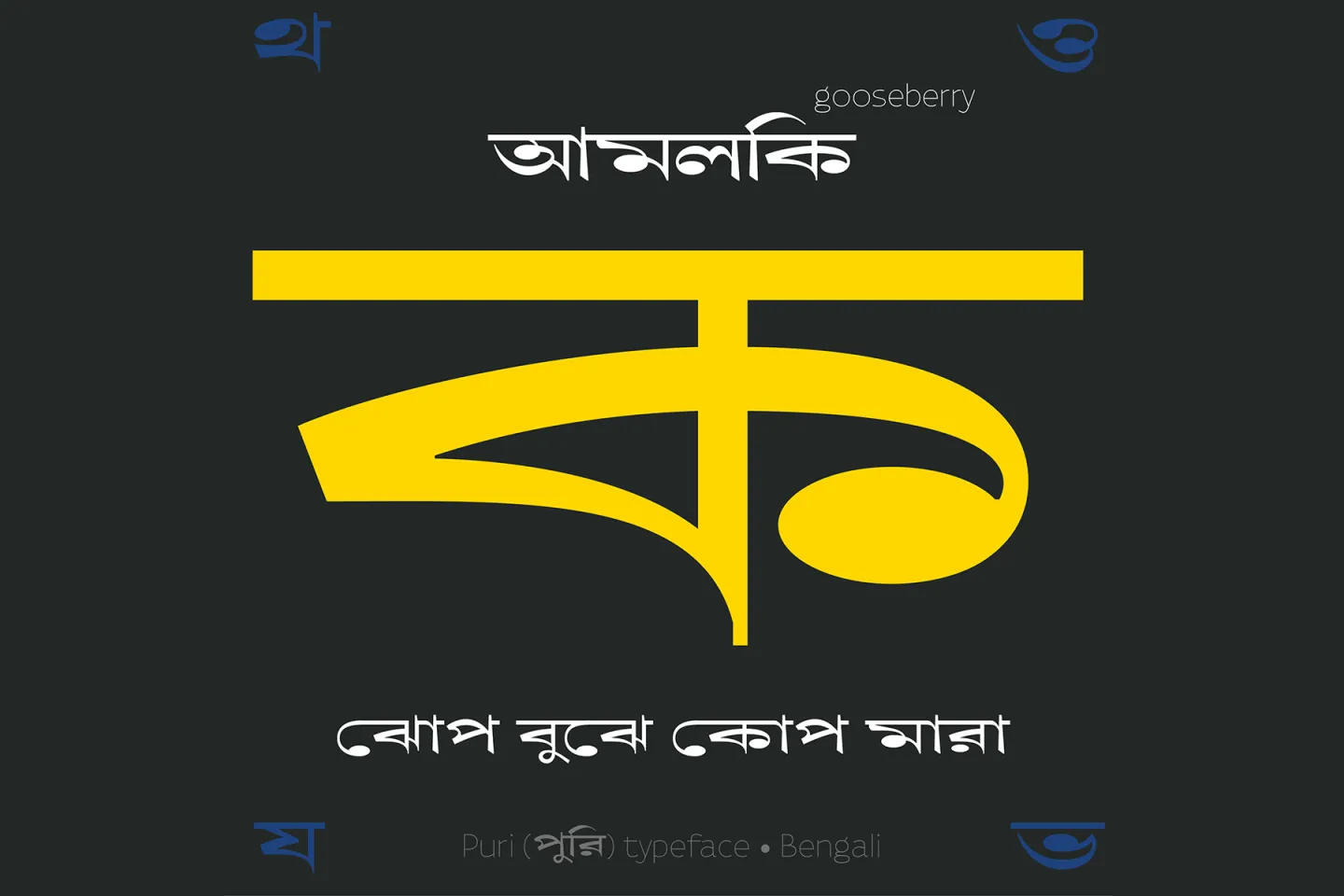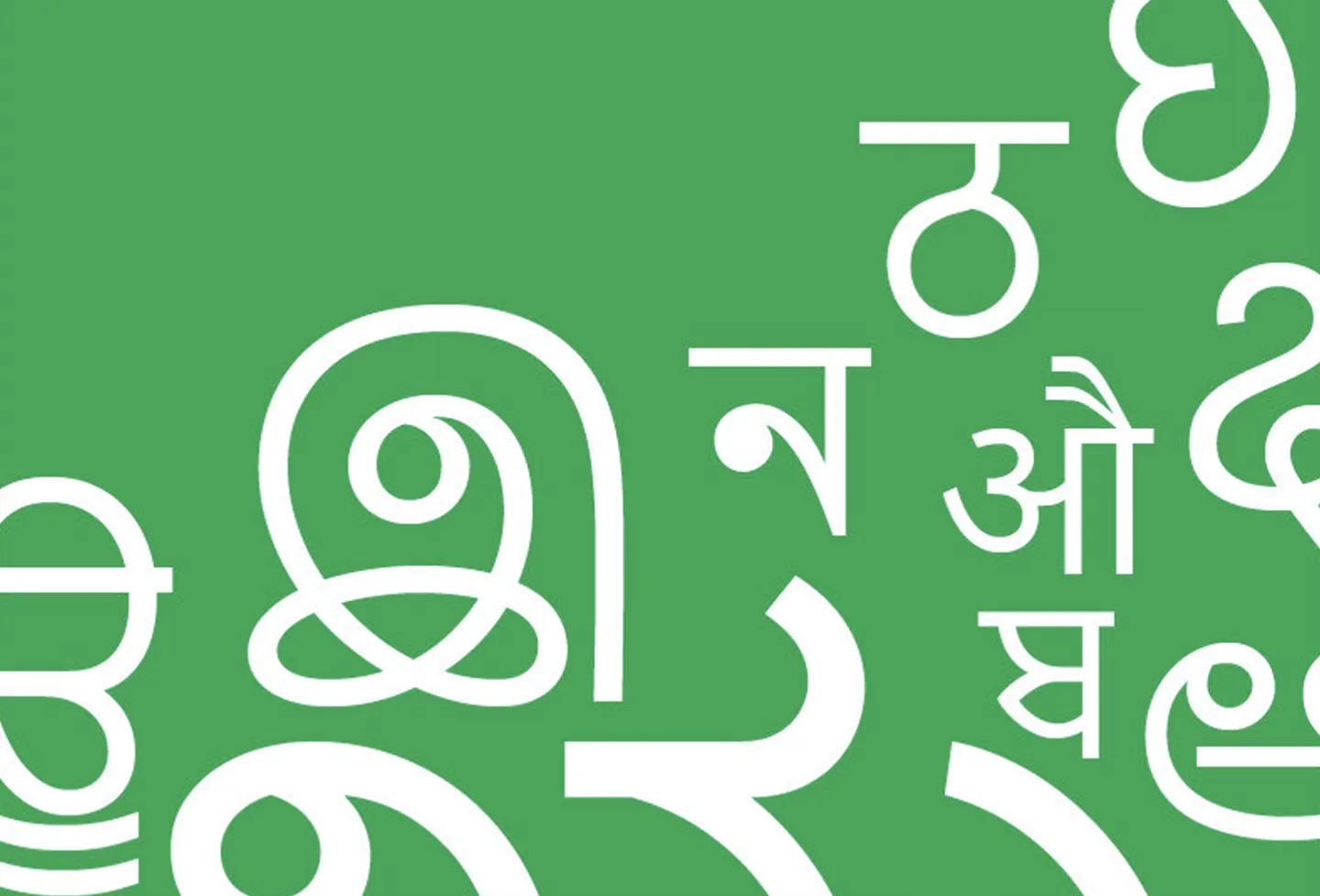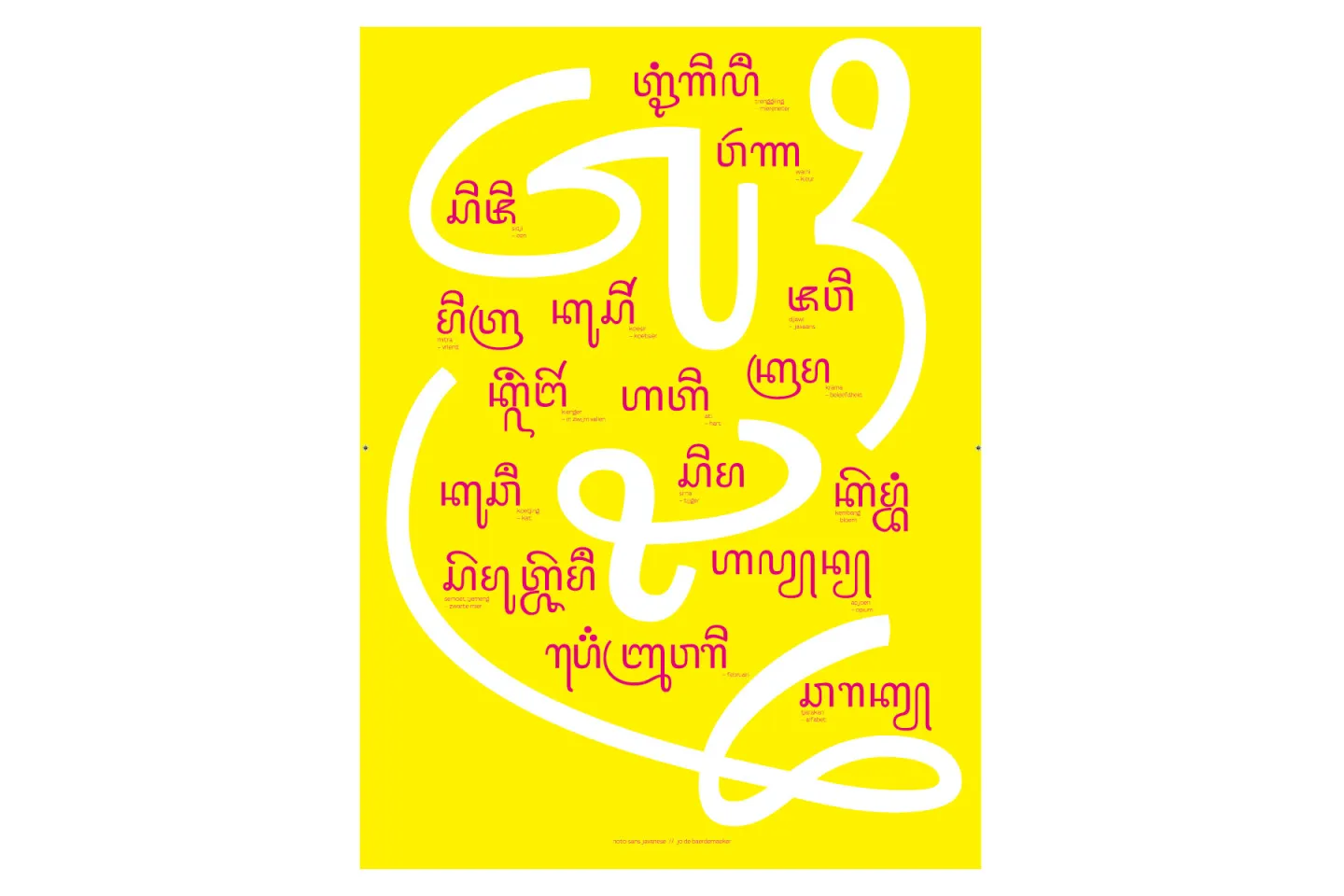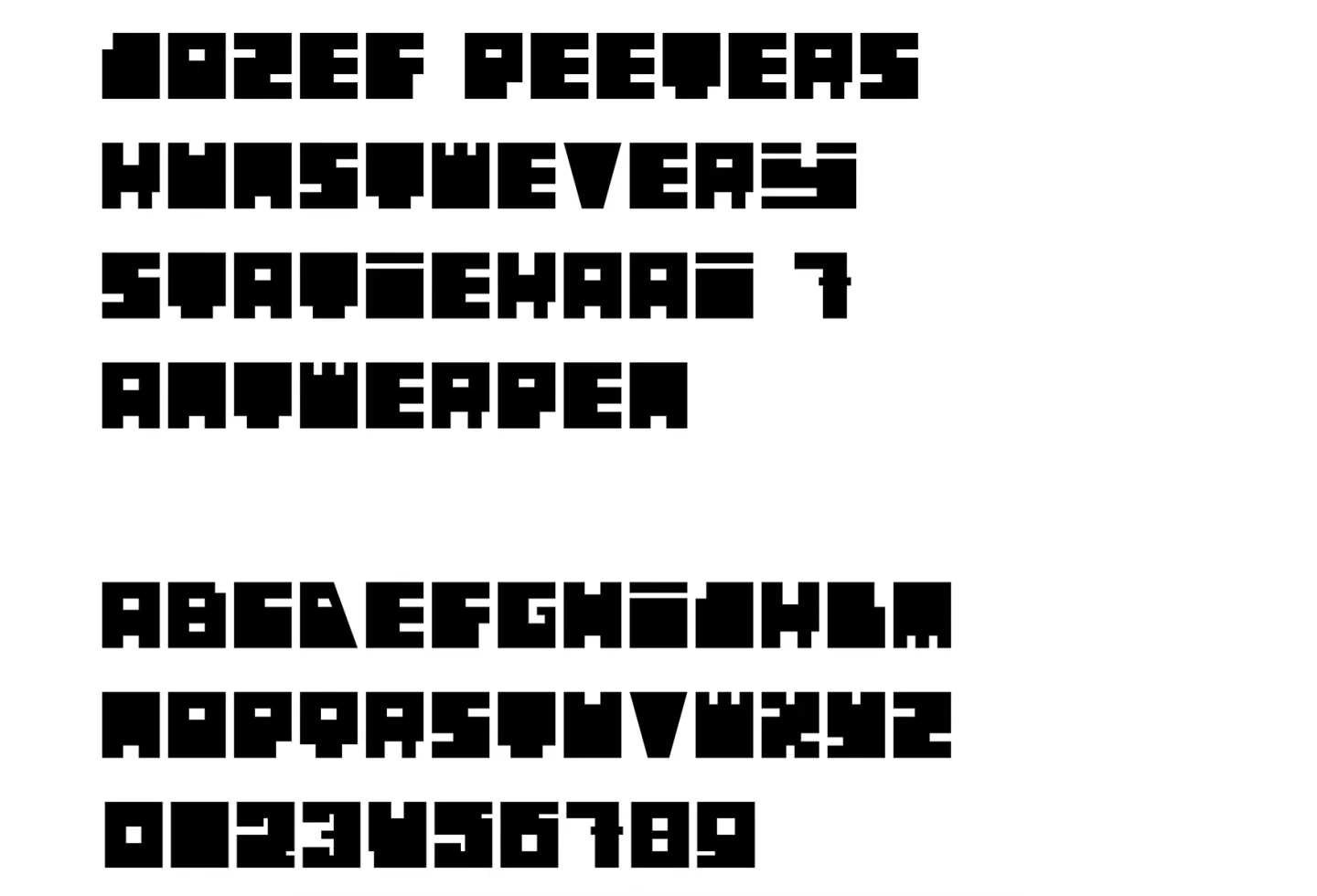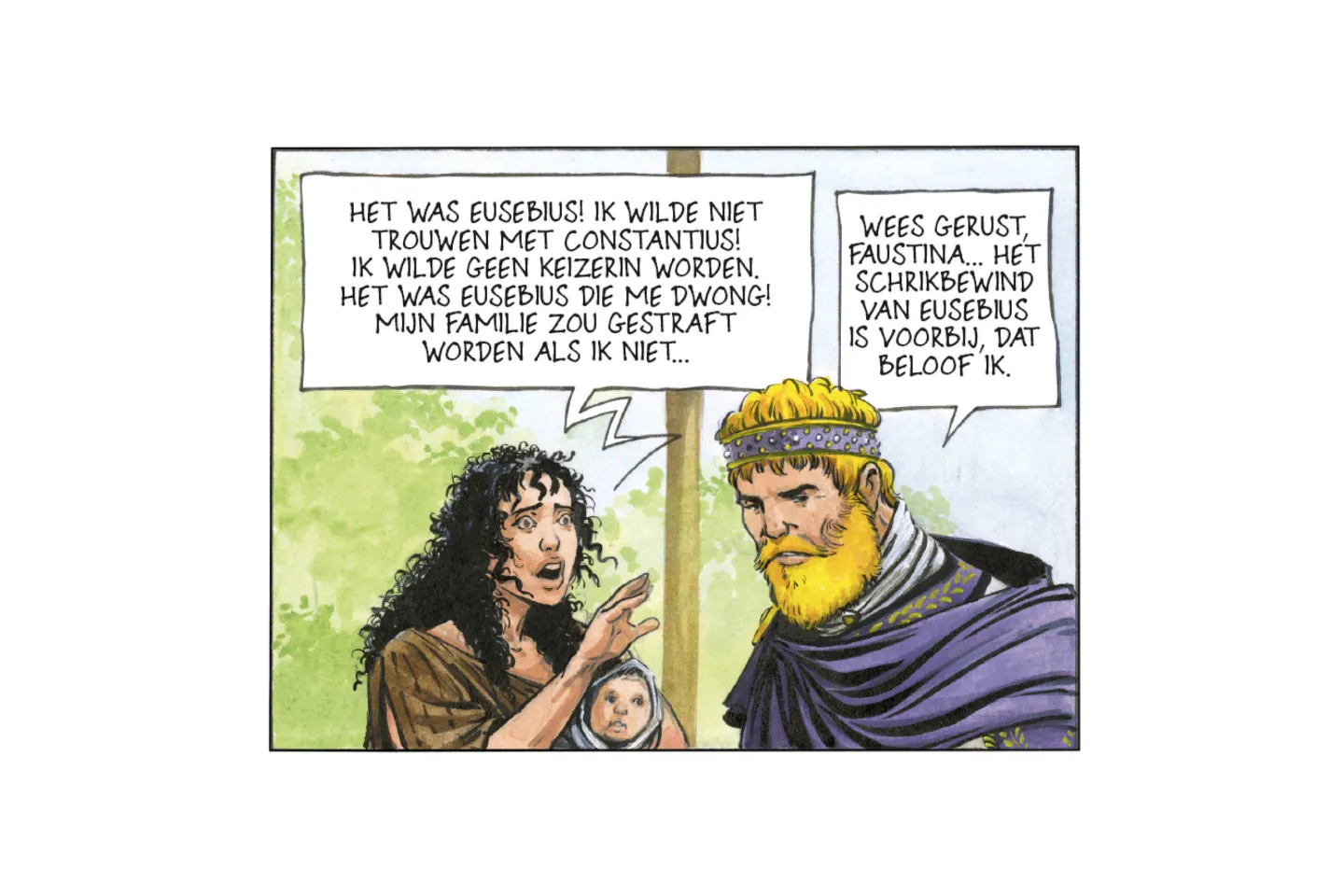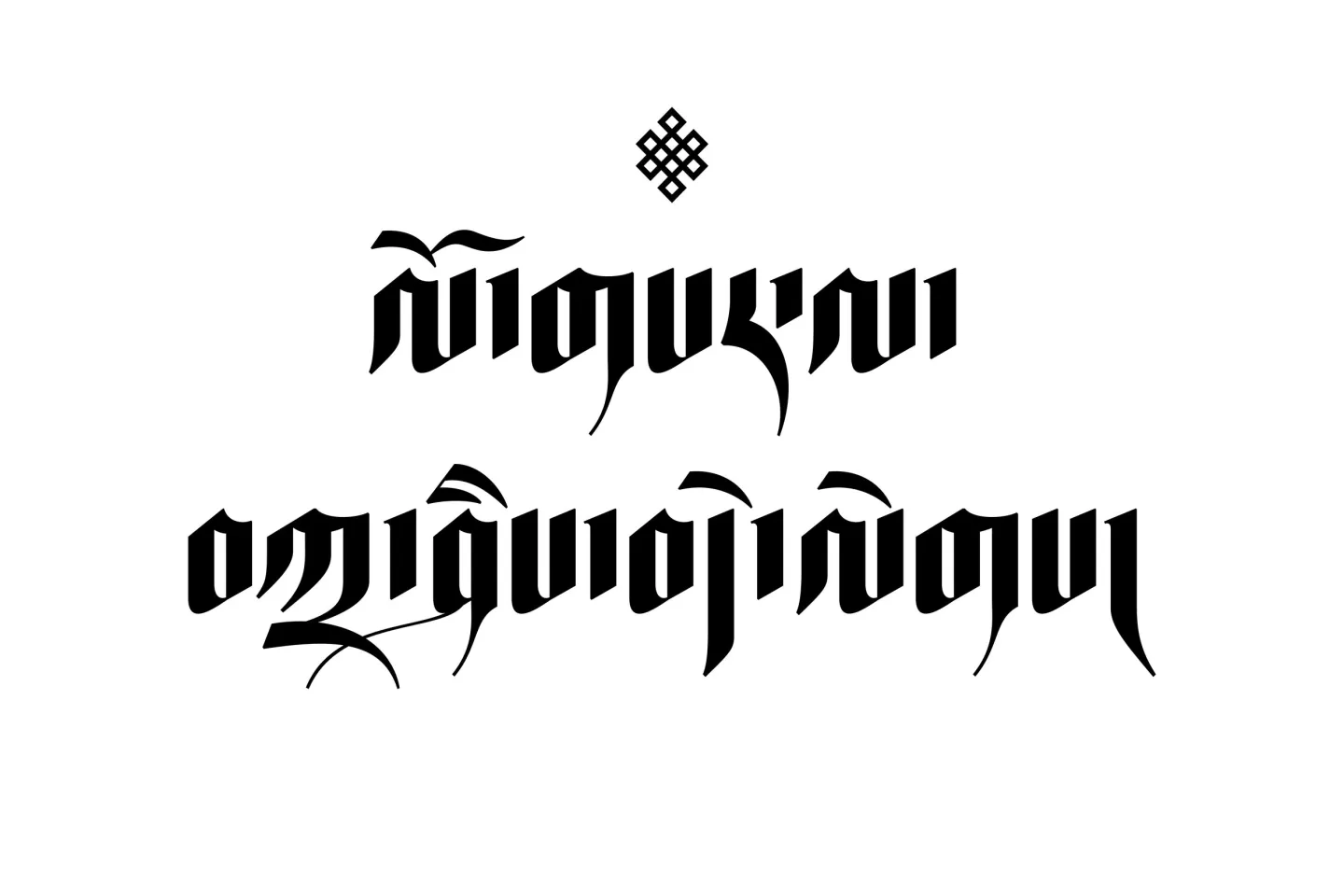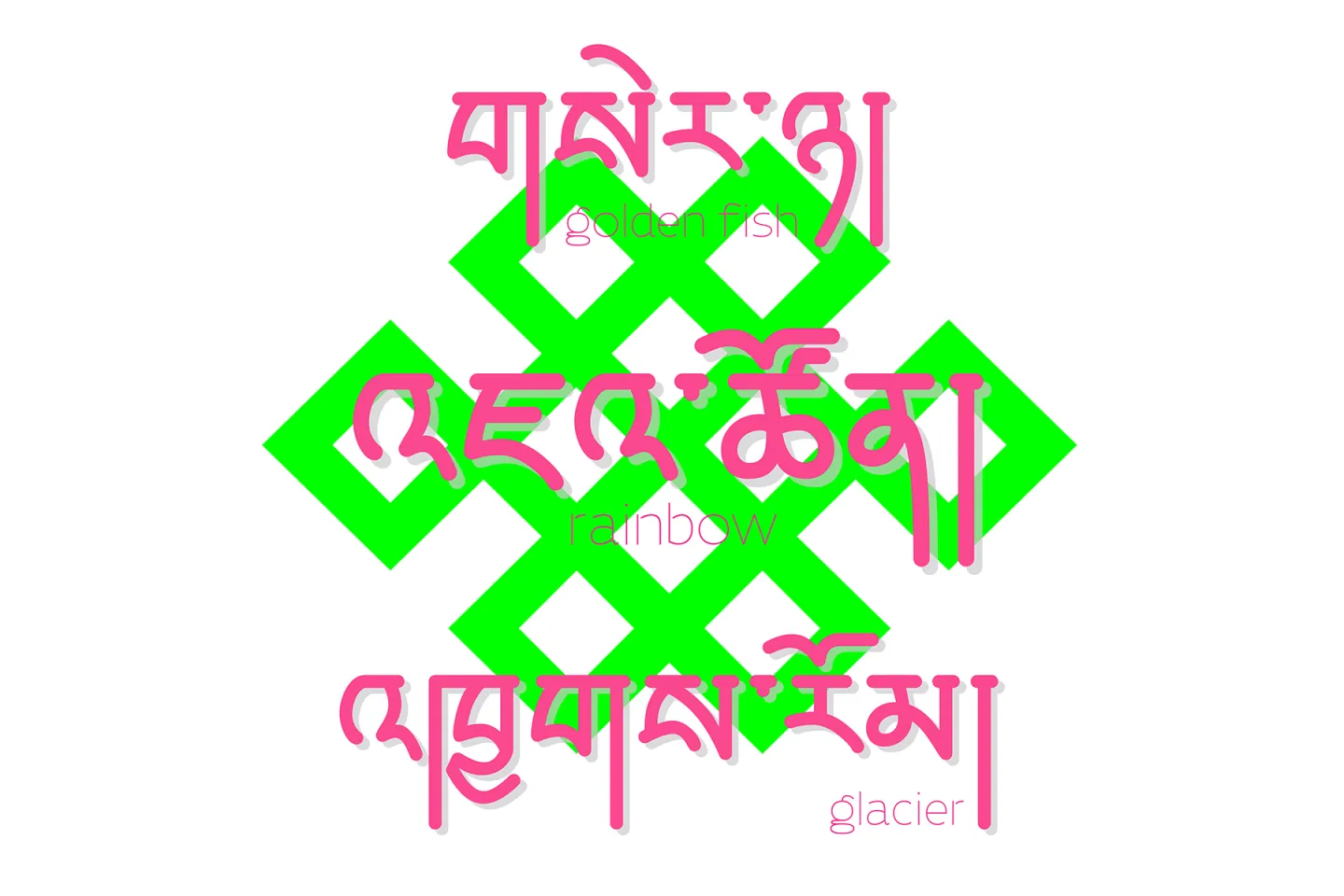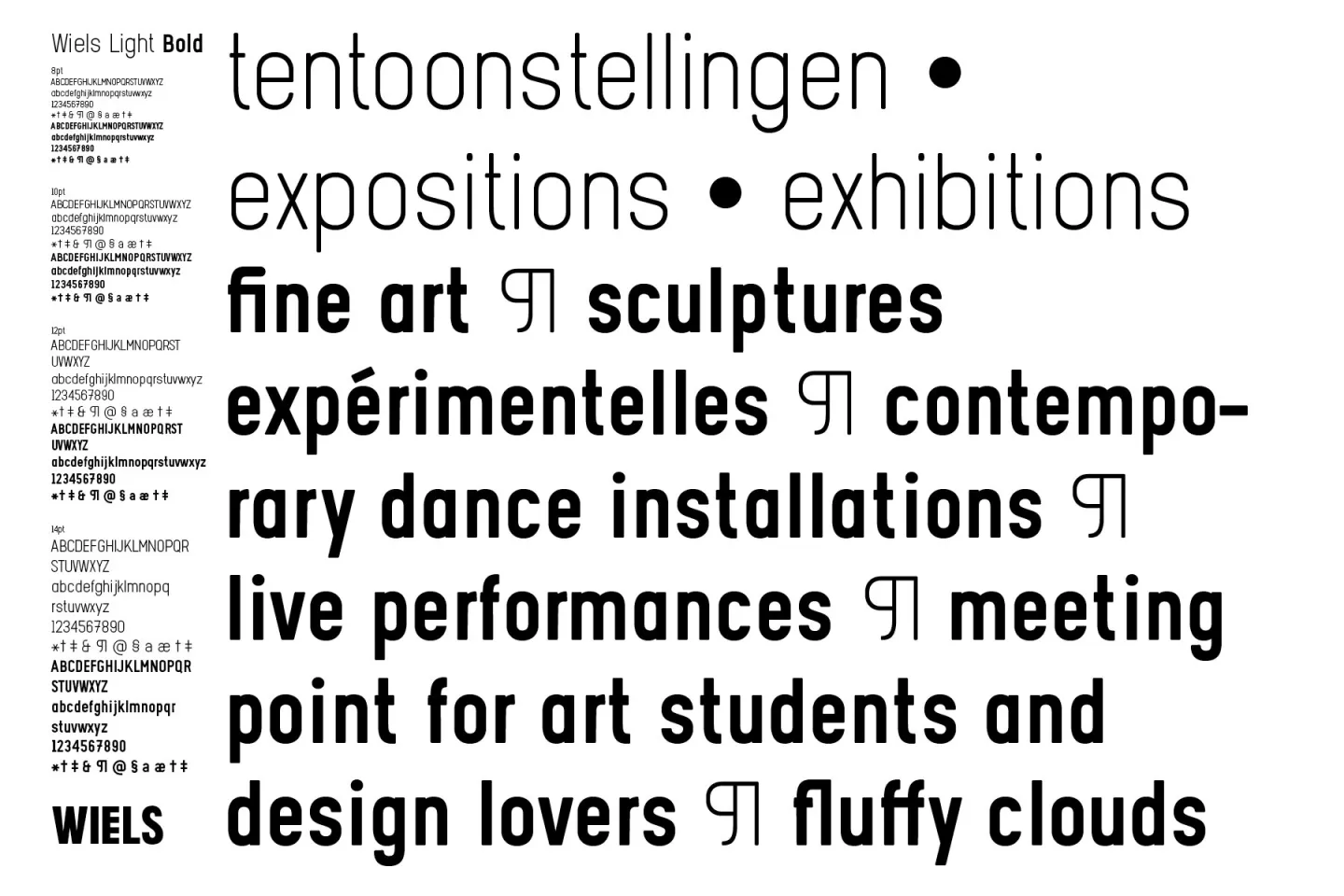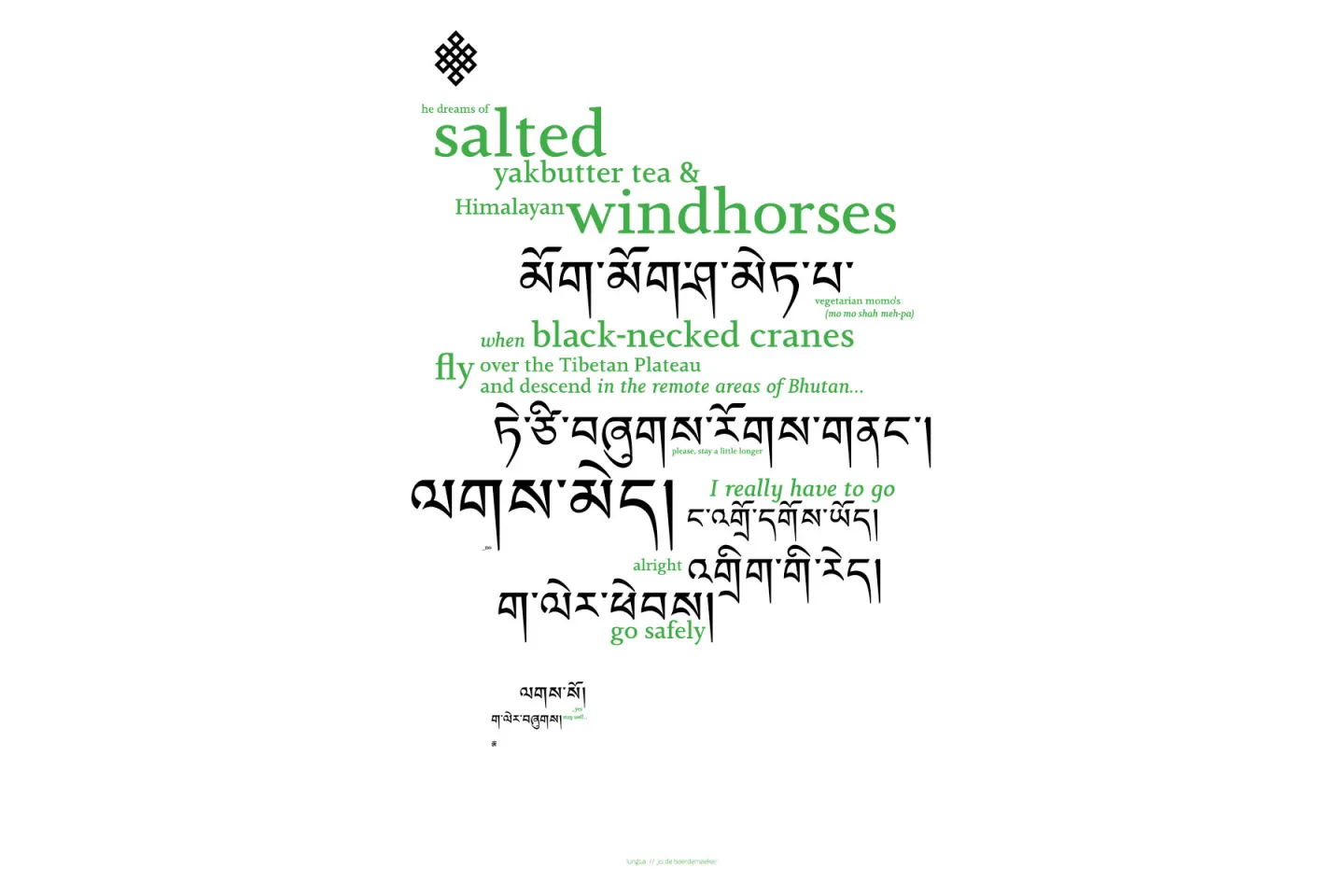
Lungta
Lungta is the result of a yearlong journey through the amazing world of typeface design at the Department of Typography and Graphic Communication of Reading University.
Having set out on creating a typeface of my own, I eagerly accepted the challenge to design a Tibetan font. The final goal was creating a refined digital typeface, attuning a Latin set and making it compatible with a Tibetan one.
As a text face, Lungta has a character of its own: a particular sturdiness, yet sober and simple in design, with large open counters. Although it has some old-style characteristics, a modern approach was used towards the design of its capitals and serifs. Also the italic is based on modern principles: having a gentle slope of 10° and being slightly condensed, not to interfere much with the overall color when set together with the roman in the same text.
Diacritics were subjected to a detailed and careful examination which resulted in applying a different angle when used on the uppercase.
Influenced by the designs of W. A. Dwiggins, the abrupt change of curvature in the counters gives it a dynamic, vivid feeling. To match with the Tibetan however the angle was smoothed to produce a more graceful and less explicit design. All previous elements make Lungta suitable for use in large paragraphs of text set in small sizes.
As OpenType font Lungta supports following features among others: ligatures, discretionary ligatures, historical forms, old-style numerals, tabular or proportional lining numerals, numerators & denominators to create fractions, case-sensitive forms. Extra weights and additional OpenType features are in development.
Lungta is currently in use by The Oxford University Press, and was used for the Tibetan portion of the book In the forest of faded wisdom: 104 poems by Gendun Chopel. This book, edited and translated by Donald S. Lopez Jr, was published in November 2009 by The University of Chicago Press.
Font in use
